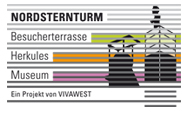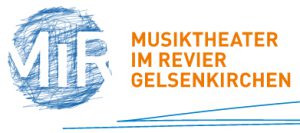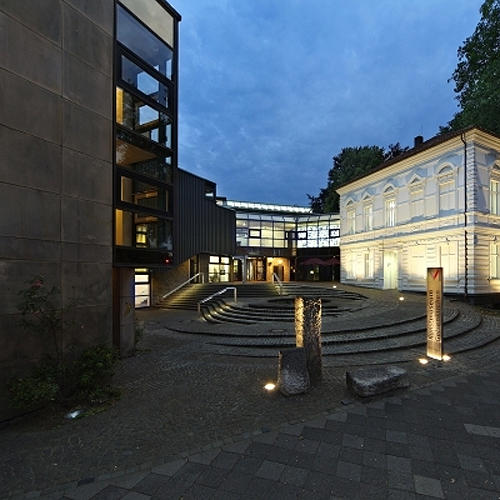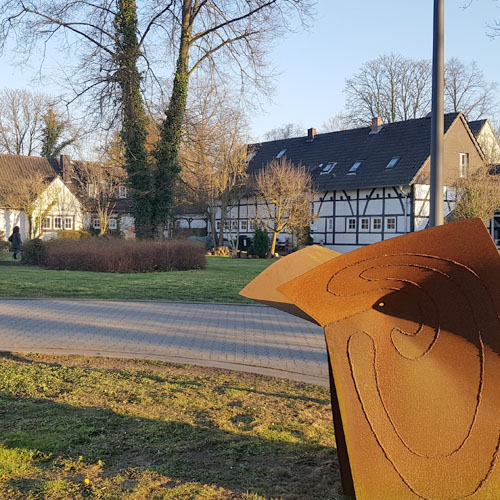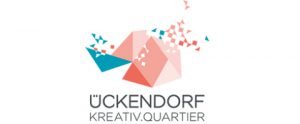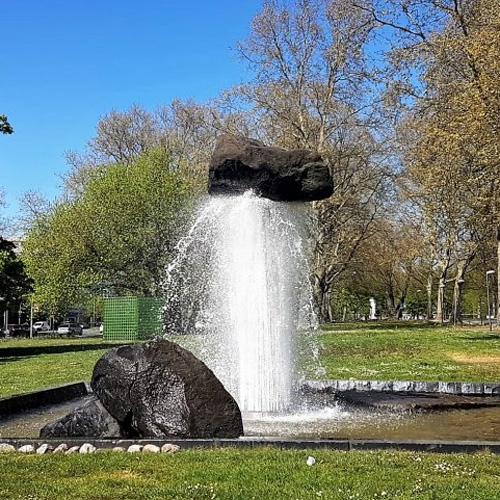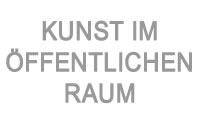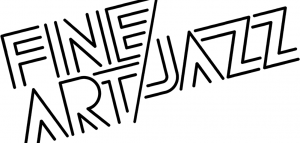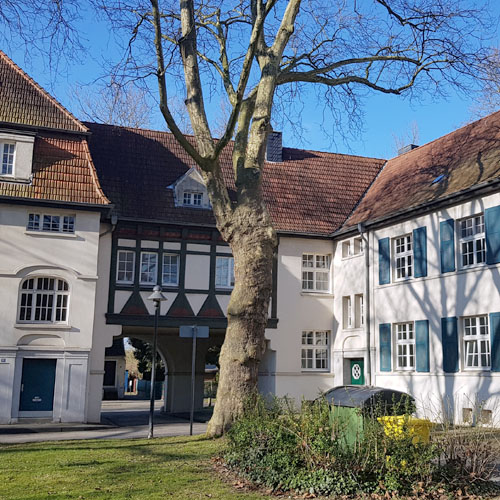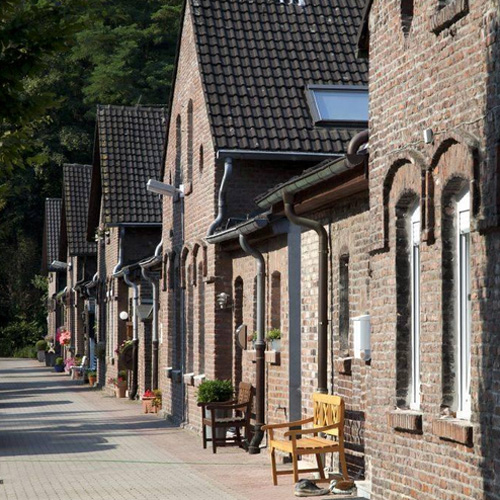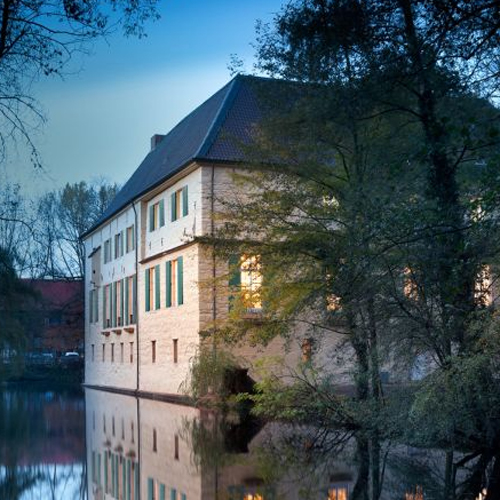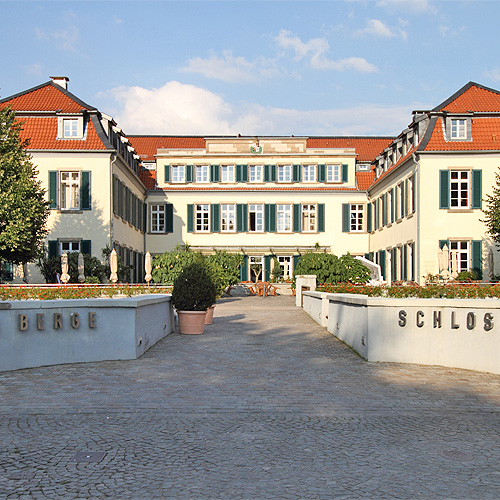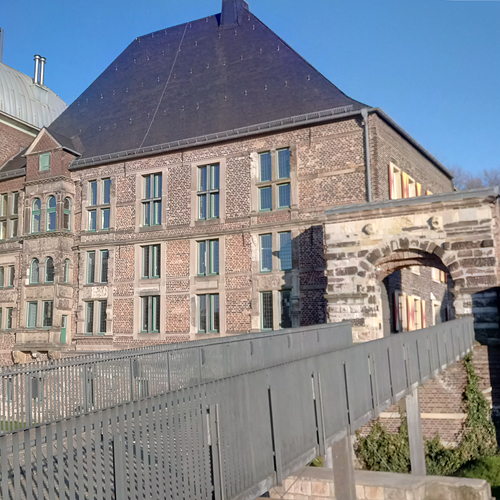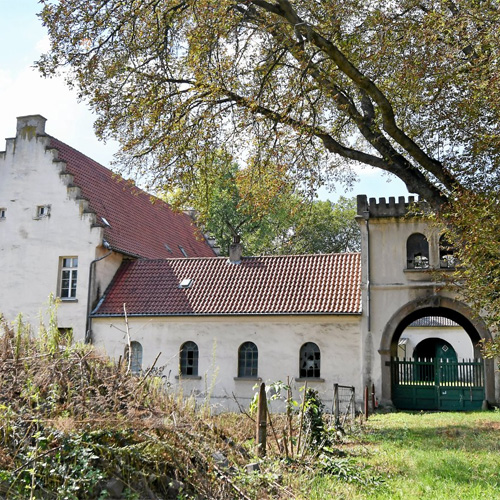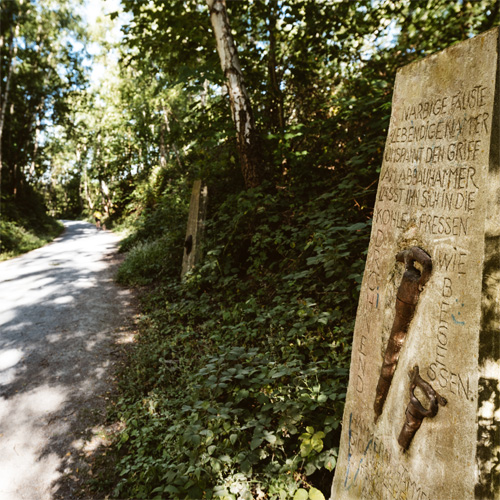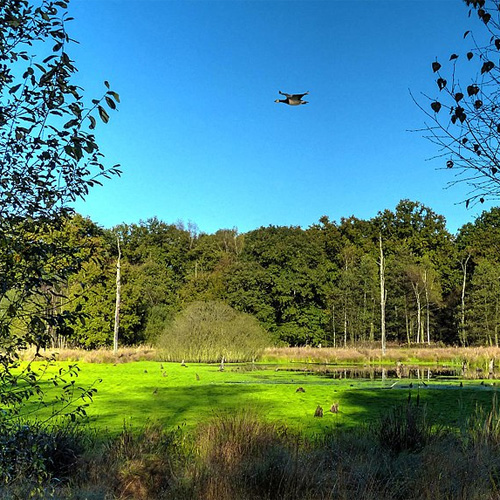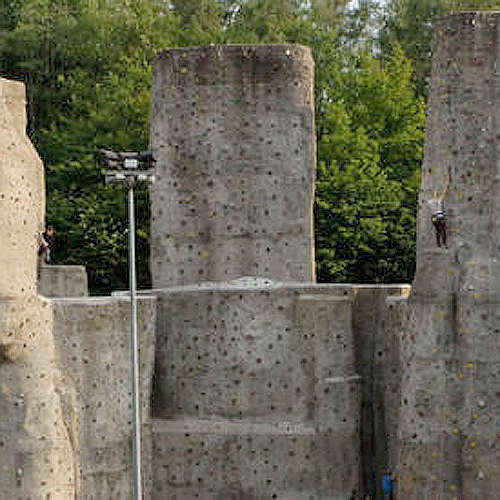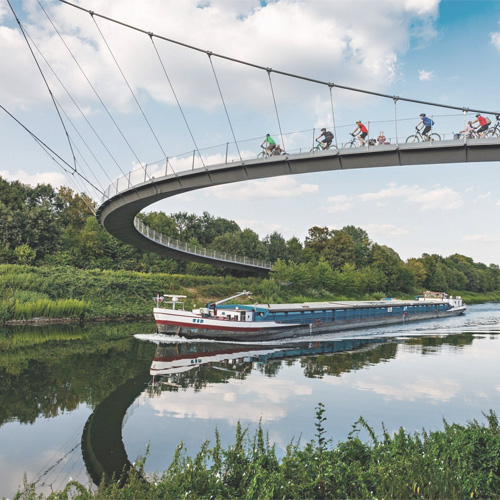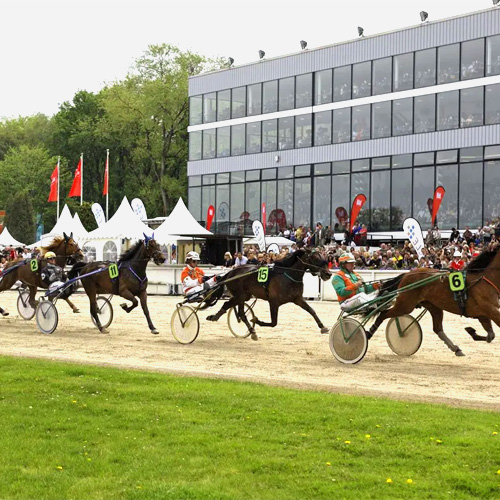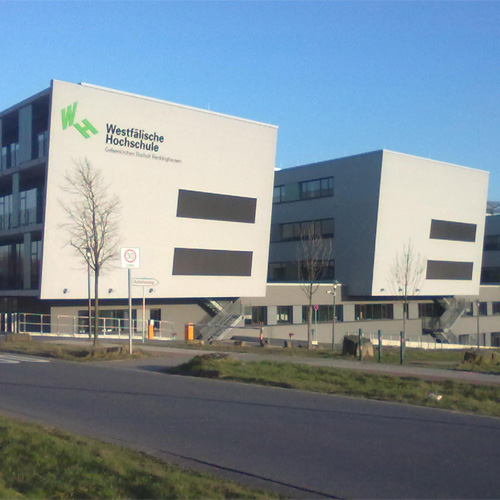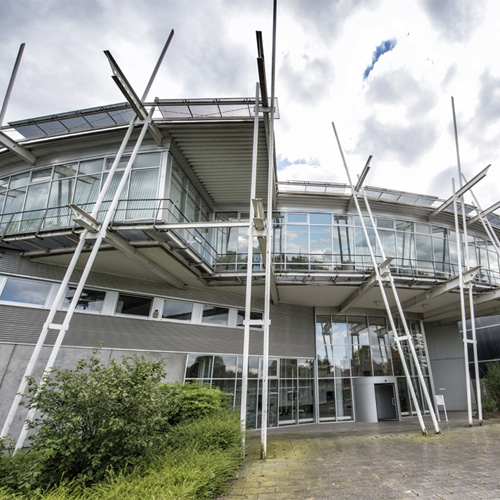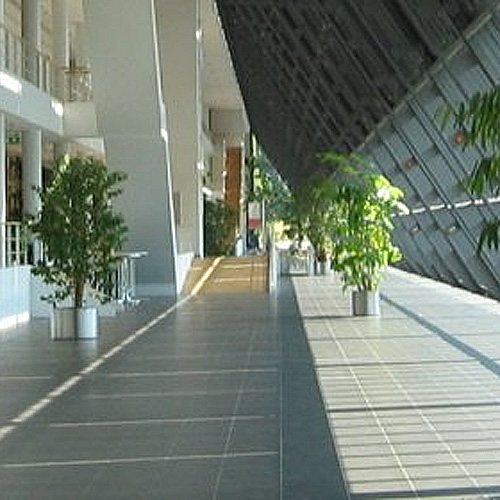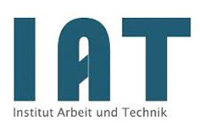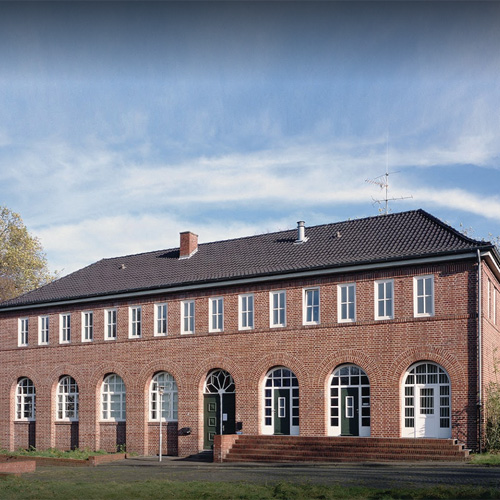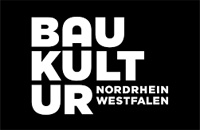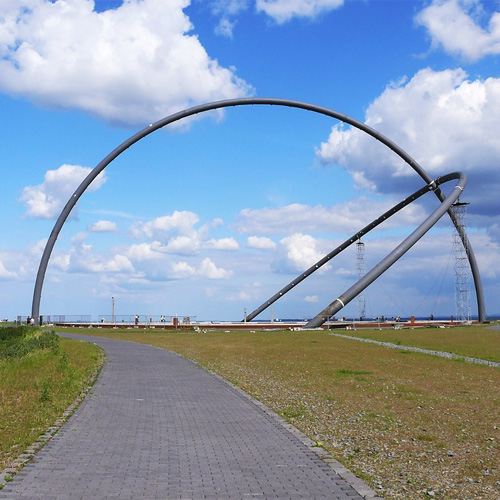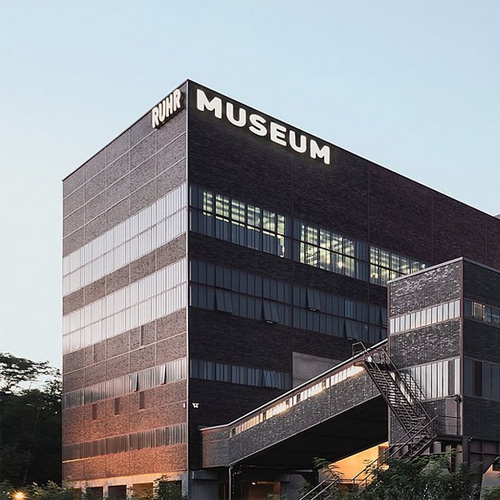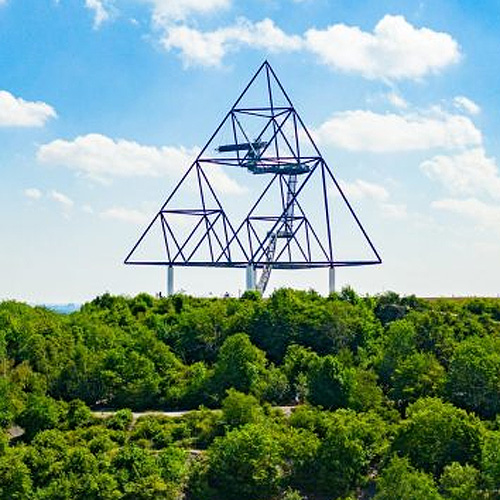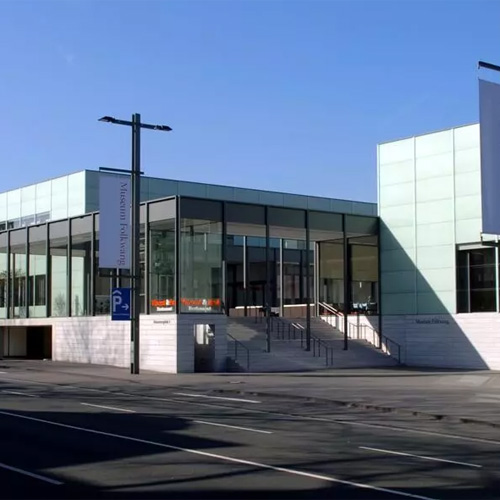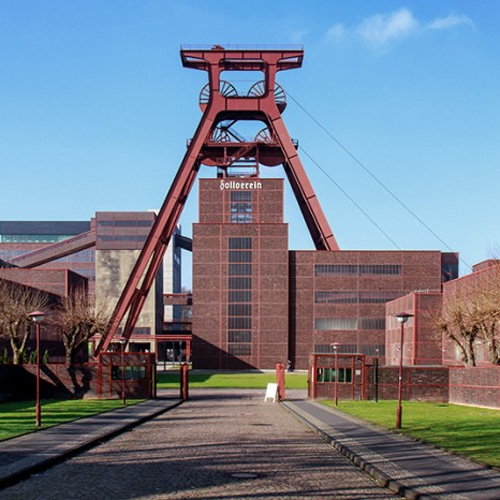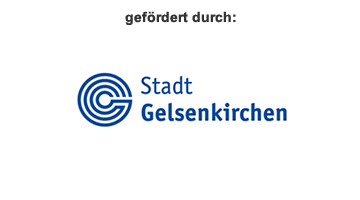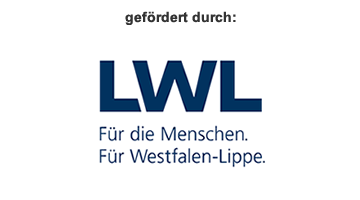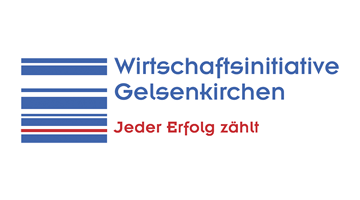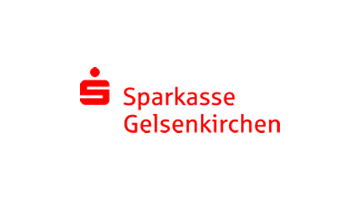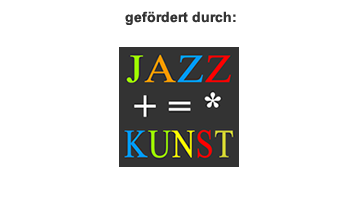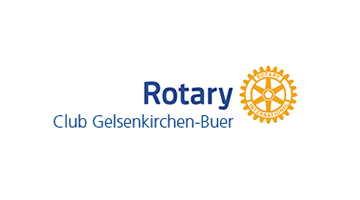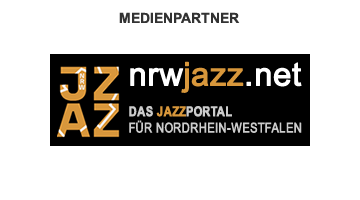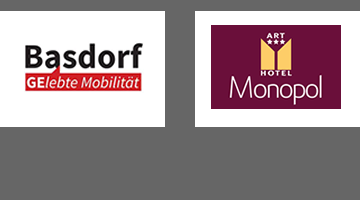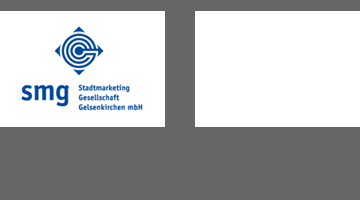READY FOR A CHANGE OF PERSPECTIVE?
Entdeckungen
Exciting Places
Entdeckungen
With NEW COLOURS, we are not only presenting an exciting international festival with a high-caliber lineup, but also, in keeping with the motto "There are many reasons to advertise - what is needed are occasions", a city that has been undergoing structural change for more than two decades, but which quite unjustifiably receives so little attention. Because Gelsenkirchen is more than just the home of FC Schalke 04. Much more, in fact.
"This festival is not only a journey into an exciting culture, but
but at the same time a confrontation with the Ruhr region and one's own homeland."
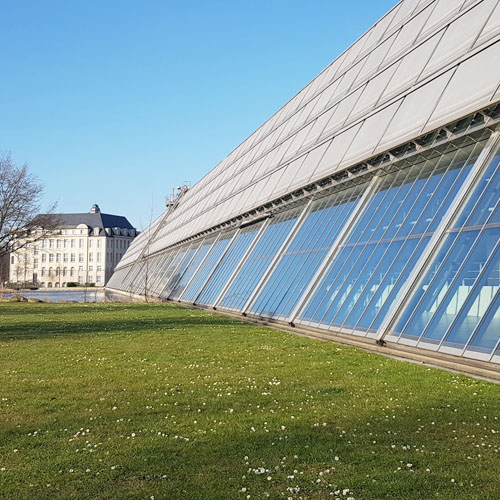
With a population of about 260,000, Gelsenkirchen is the center of the northern Ruhr region. The city was once one of the richest in Germany. Coal, steel, chemical, glass and clothing industries were the pillars of the city's economy. Only the chemical industry remains. As a result of this tremendous structural change, it has become one of the poorest cities. Qualified jobs could only be created with difficulty, qualified people migrate or have their center of life in other areas of the Ruhr area. As a result, few companies and qualified employees are attracted to Gelsenkirchen; investors give the city a wide berth. The following examples will show how much quality of life this city offers and what great potential it has.
VIEWS - RUHRAREA IN 3D
Anyone who climbs the spoil heaps of the Ruhr region can't help but be amazed. The Ruhr region with its 5 million inhabitants is without doubt the world's greenest metropolis. Two of the most beautiful slagheaps are located in Gelsenkirchen.
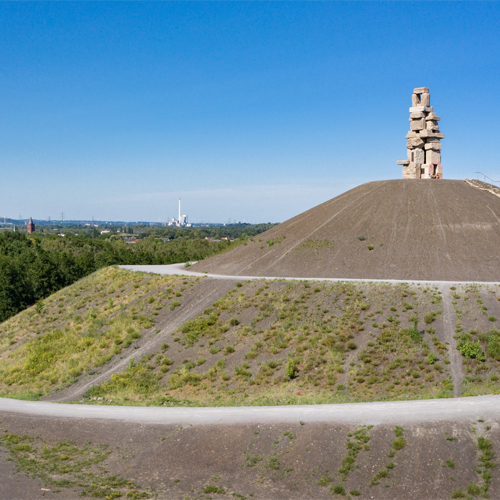
RHEINELBE STAIRWAY TO HEAVEN
On an industrial wasteland in the middle of the district of Ückendorf, a forest landscape has developed naturally over the course of decades on the old Rheinelbe colliery site. The highlight of this Rheinelbe industrial forest is, in the truest sense of the word, the 85-metre high spiral mountain of the Rheinelbe slag heap in the south. On the slag heap plateau, the artist Herman Prigann created the "Stairway to Heaven". It consists of the concrete relics of a Dortmund colliery and rises Aztec-like into the sky.
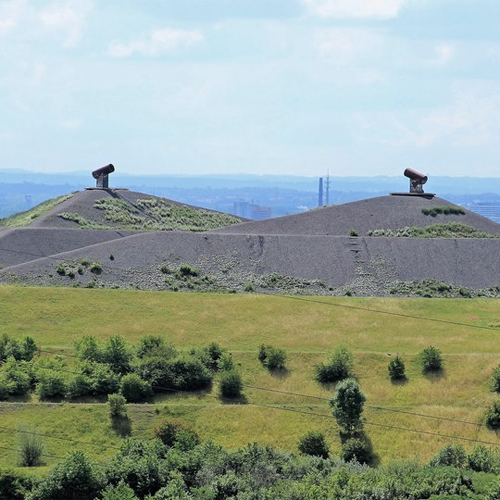
RUNGENBERG SLAG HEAP
Two pyramids of black tailings rise up to the sky, unvegetated and almost inhospitable, forming the twin peaks of the Rungenberg slag heap. Dark structures crowned by thick tubes of rusted steel - and the shining light of the spotlights housed inside. An artistic play with contrasts that elevates the slag heap to an extraordinary work of art.
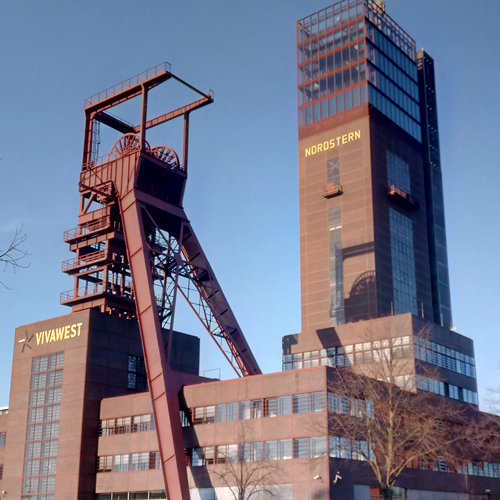
NORDSTERNTURM
The Nordstern tower is 83 metres high. It was designed by the industrial architect Fritz Schupp in the early 1950s and houses imposing conveyor technology from the days of coal mining. Today it is a listed building. It is the only one of its kind that is open to visitors. It is crowned by the Hercules sculpture by Markus Lüpertz. A viewing platform promises a breathtaking panorama of the Ruhr region. Inside is the exhibition "Change is Always", about the exciting and eventful history of the Nordstern site.
ART & CULTURE
Anyone who thinks that Gelsenkirchen culture is limited to the "Gelsenkirchen Baroque" is mistaken. Because Gelsenkirchen is culturally diverse and can also produce great art.
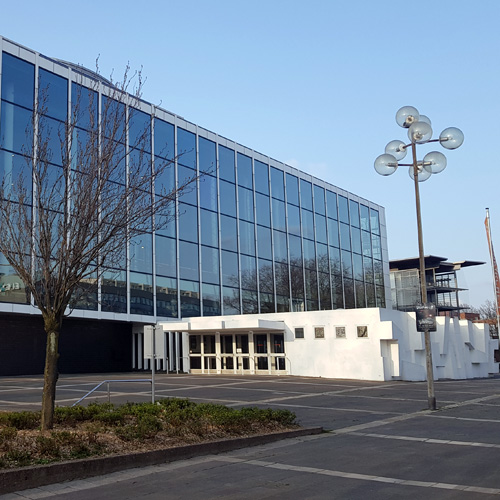
MUSIKTHEATER IM REVIER
Architecturally, the Gelsenkirchen Music Theatre aroused international admiration when it opened in 1959. Today it has been voted the best opera house in North Rhine-Westphalia by the critics several times. However, it captivates not only with its exquisite high-quality programme, but also with its interior and exterior architecture. From the very beginning, renowned artists were involved in the planning of the Musiktheater im Revier, including Yves Klein's largest monochrome in the world, the sponge reliefs in "Gelsenkirchen Blue" and Jean Tinguely, who designed the side walls of the foyer of the small house as a movable installation.
ART MUSEUM GELSENKIRCHEN
The collection of paintings in the Kunstmuseum Gelsenkirchen is representative in the best sense of the word and traces the history of German art since the dawn of modernism in its tour. But the presentation of kinetic works of art is particularly unique, standing out with related works of light art and op art not only among the RuhrKunstMuseen.
CREATIVE QUARTER ÜCKENDORF AND ARTISTS' SETTLEMENT HALFMANNSHOF
The Kreativ.Quartier Ückendorf actually consists of at least three different urban landscapes - and not just one neighbourhood. Each has its own history and challenges, which now complement each other ideally when it comes to creativity, art and socio-culture in the centre of the Ruhr region as an active and developmental space. Ückendorf would probably never have become a KreativQuartier if it had not been for the Künstlersiedlung, which was founded back in 1931 and is thus the oldest artists' settlement in Germany. Today, however, the artists' settlement consists only of fragments of the former art landscape. Die Künstlersiedlung Halfmannshof.
ART IN PUBLIC SPACE
When Gelsenkirchen was still one of the rich cities, the city fathers also attached great importance to art in public spaces. And here you can indeed discover various impressive works of art. Some are immediately recognisable as works of art, others are so naturally integrated into the cityscape that they are no longer perceived as such.

FINEARTJAZZ CONCERT SERIES
The FineArtJazz concert series has been in existence since 2013 and has since staged over 160 concerts with top-class national and international artists in special venues in the northern Ruhr region. In 2021, the series planned and organised by PublicJazz was awarded the APPLAUS by the Minister of Culture for the outstanding and trend-setting live music programme in the field of popular music and jazz. In addition to the festival venues, the series plays other venues in Gelsenkirchen, Dorsten and Herten.
INDUSTRIAL CULTURE
Industrial culture, a term that could not be more ambivalent. However, if one gets involved with industrial culture and deals with the cultural history of the industrial age, exciting horizons open up and interesting discoveries are made. Especially at the beginning of industrialisation, industrial buildings and workers' settlements were built, whose detailed architectural and urban design still amazes us today.
SCHÜNGELBERG COLLIERY ESTATE
The original Schüngelberg housing estate in Gelsenkirchen-Buer is a typical example of a garden city miners' housing estate of the late 19th century. It was built between 1897 and 1919 according to plans by the colliery builder Wilhelm Johow at the foot of the Rungenberghalde for the miners of the adjacent Hugo colliery. In addition to workers' houses, the housing concept also included semi-detached houses for civil servants. A signposted circular route invites visitors to discover the settlement. The Rungenberg slag heap borders directly on the estate. After climbing a 200-step staircase, you are rewarded with a magnificent view.
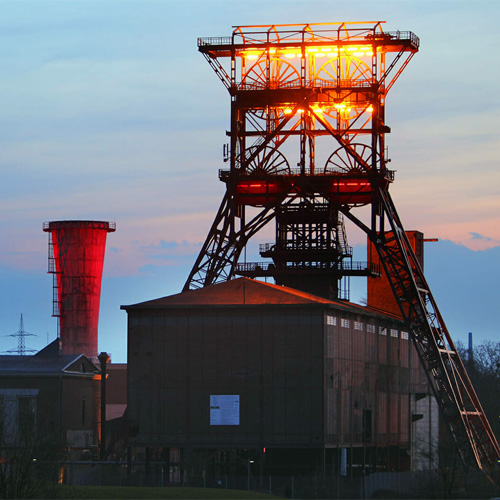
CONSOLIDATION COLLIERY
The Consolidation Colliery (also known as 'Consol') was much more than just a coal mine. It was the engine of Gelsenkirchen 'the city of a thousand fires'. It was a place of work for countless employees and a major supporter of a football club that was one of the biggest in Europe: FC Schalke 04. The history of the colliery began near the Schalker Markt. The first shaft was sunk there in 1863. Since then, the colliery experienced a fabulous rise that was to last for more than 100 years. In 1973, Germany's highest winding tower, 95 metres high, was put into operation. It was demolished when the mine was closed down in 1996.
COAL MINE SETTLEMENT DICKEBANK SEAM
It is considered one of the oldest settlements in the Ruhr area: The Flöz Dickebank settlement, laid out as the Ottilienaue colony, was built from 1868 for the workers of the Alma colliery. The Gelsenkirchen settlement gained national fame through the strong resistance of the residents against the threatened demolition in the early 1970s. From then on, the colony developed into a regional centre of citizens' initiatives against the demolition of workers' housing estates in the area.
NORDSTERN COLLIERY
The first coal mines were opened up on the site as early as 1855. From 1951 to 1953, the conveyor systems were renovated. The architect, Fritz Schupp. He was also responsible for the architectural design of the World Heritage Site "Zeche Zollverein". In 1982, coal production at Nordstern colliery ceased due to the merger of the Nordstern and Zollverein collieries. In 1997, the colliery site was used for the Federal Garden Show. As part of RUHR 2010 - Capital of Culture 2010, the winding tower was extended by 4 glass storeys and crowned with the 18-metre-high and 23-tonne monumental sculpture Herkules by Markus Lüpertz.
COLLIERY HOUSING ESTATE KLAPPHECKENHOF
Between 1873 and 1882, a settlement of three rows of houses was built near Wilhelmine Victoria colliery's shaft 2, of which only retaining walls for a low slag heap remain as structural traces. The "Grüner Hügel" housing estate was built on this slag heap around 1975. The gardens lay beyond the initially unpaved access roads. The settlement conveys very well the appearance of the early Gelsenkirchen colonies...
HISTORICAL
It's hard to believe, but Gelsenkirchen also offers historical sights. There are two not insignificant castles and two fortresses in Gelsenkirchen. This is evidence that the region was already populated before industrialisation. The district of Buer in the north of the city celebrated its 1000th anniversary in 2003.
Historisches
LÜTTINGHOF_THE CASTLE IN THE WATER
Haus Lüttinghof is a moated castle and is located in the very north of the city of Gelsenkirchen. The lowland castle was built at the beginning of the 14th century and is the oldest architectural monument in the city. At the beginning of the 18th century, it was remodelled by the Lords of Nesselrode in the Baroque style and an ornamental garden was also laid out. In addition to classical concerts and other events, the "Rittersaal" has also regularly hosted top-class jazz events in the "FineArtJazz in Gelsenkirchen" series since 2013. The Rittersaal offers an enchanting ambience.
Historisches
SCHLOSS BERGE
Berge Castle, also known as Berge House, stands on the southern side of the Buersche Berg in the Buer district. It was first mentioned in 1248 by the knight Dietrich from the Berge noble family. It was the family's ancestral seat until 1433. Around 1700, a first park was laid out. In keeping with the taste of the time, this was a geometrically designed Baroque garden based on the French model. Today, the park covers an area of approximately 73 hectares around the baroque Berge Palace. Today there is an extensive French rococo garden, which is modelled on the style of the first design, and the castle park with an English landscape garden.
Historisches
SCHLOSS HORST
Schloss Horst is one of the oldest buildings in the city and one of the most important Renaissance castles in Westphalia. It rises on the site of a medieval castle damaged by fire in 1554 and was owned by the von der Horst noble family. Schloss Horst experienced its rebirth in the 1990s. Thanks to the involvement of the Förderverein Schloss Horst e.V., parts of the dilapidated building are being restored, and a modern steel and glass construction spanning the former inner courtyard creates a space with a very special atmosphere in which cultural events of all kinds take place.
Historisches
HOUSE LEITHE
The house was the ancestral seat of the Knights of Leithe. Their property in the Leithe farming community was a fief of Deutz Abbey. They built their house not far from the Fronhof Schulte-Herveling. The dynasty became extinct in 1438. The estate passed into the hands of various nobles and finally burghers. Today it is privately owned and is increasingly falling into disrepair.
GREEN
In all rankings, Gelsenkirchen is listed among the greenest cities in Germany. Anyone who climbs the slag heaps or the Nordstern tower will be able to see this for themselves. In the city area, park after park is lined up and on the peripheries there are forests and lush agricultural areas. No wonder, then, that one of the festival's programme items takes place on a farm.
Grünes
OUR SPECIAL TIP: INDUSTRIAL FOREST RHEINELBE
The so-called "residual land project" was launched as early as 1996 as part of the Emscher Park International Building Exhibition. Its aim is to develop industrial wastelands in the Ruhr area through natural succession into forests and new biologically diverse, multifunctional and valued habitats for flora and fauna; they are hotspots of biological diversity and fascinating places when it comes to the sensory experience of the impressive way in which nature reclaims its habitat after massive destruction. On the site of the former Rheinelbe colliery and its slag heap, there was never any "artificial" renaturation as on most other slag heaps.
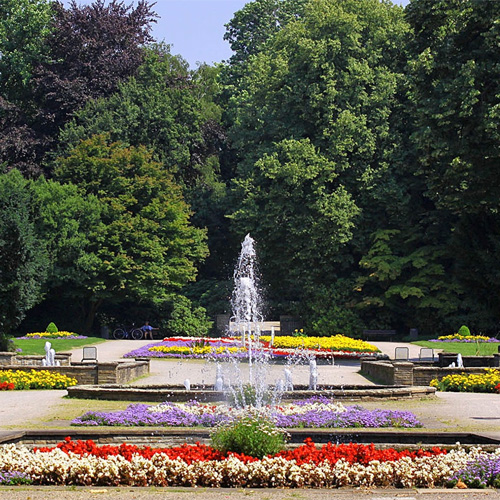
Grünes
STADTGARTEN
The Stadtgarten was established in 1896 as a people's park and the first park of its kind in Gelsenkirchen on the site of the former Schalke farm. Here you can walk or jog along winding paths, long avenues, under old, sometimes exotic trees, along meadows and colourful flower beds. You can also relax at several ponds and a fountain garden. But the old trees are particularly impressive.
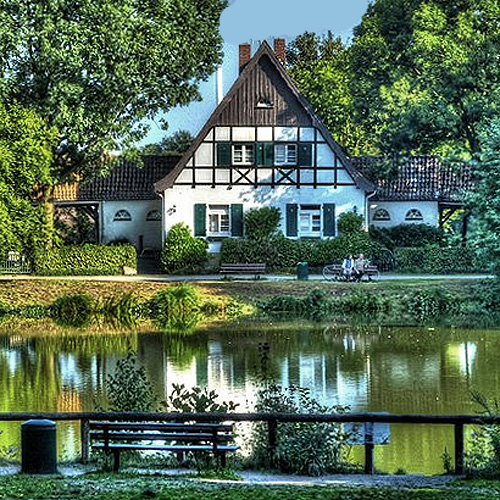
Grünes
CITY FOREST GELSENKIRCHEN-BUER
As a bridge between the already existing private woodland areas of Löchterheide, Westerholter Wald and the main cemetery, which was opened in 1899, the 28-hectare Stadtwald was opened to the public in 1924 under Mayor de la Chevalerie. In terms of garden art history, the Stadtwald is a typical example of a people's park, the forerunner of today's leisure parks.
Grünes
EMSCHERBRUCH
The Emscherbruch is well developed with a ten-kilometre network of hiking and cycling paths. There are 26 hectares of farmland and grassland in the Emscherbruch. Together with the adjacent woodland, these form ecologically valuable habitats that are of great importance from an ecological point of view. Without human intervention, these have developed into attractive habitats for insects, amphibians and water birds. These areas can be easily viewed and observed from the partly directly adjacent hiking trails. It's hard to imagine that you're in the middle of the Ruhrpott here.
LEISURE
There are few cities that offer their residents and visitors such a wide range of leisure activities. Countless sports clubs of all kinds are in Gelsenkirchen, including a well-known football club. But especially those who don't like clubs will find a wide range of opportunities to practise their sport or to spend their free time. In addition to the many green spaces, which invite you to go for long walks and hikes, there are many other possibilities.
Freizeit
ZOOM WORLD OF EXPERIENCE
With up to 1,000,000 visitors a year, "ZOOM" is one of the most popular zoos in Germany. Here you can experience a "trip around the world in one day" in the heart of the Ruhr area. The Alaska, Africa and Asia worlds of experience have been created on more than 30 hectares. With 900 animals in over 100 species, they offer a true-to-life home. The landscape architecture is impressive, with almost invisible boundaries between humans and animals. On 4.2 km of paths over hills, through valleys and along water, visitors succumb to the fascination of this world of experience.
Freizeit
CLIMBING
Climbing under the open sky, yes, there is that too. A climbing facility of the Gelsenkirchen section of the Alpine Club. It is located on the site of the Nordstern colliery, which was restored as part of the 1997 Federal Horticultural Show, and consists of three artificial towers that can be climbed from all sides, with a height of over 16 metres and a surface area of 1070 square metres. The "rocks" come very close to natural rock. In addition, there is a "boulder bar" in a former coop. With over 2300 square metres, it is one of the largest of its kind.
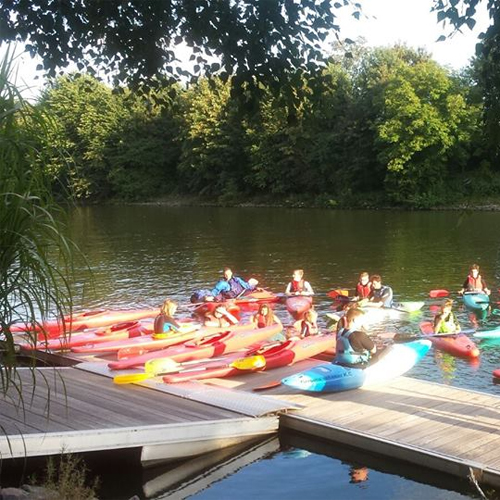
KANU & RUDERN
CANOE & RIVERING
Founded in 1927, the Gelsenkichen Canoe Club is one of the most traditional clubs in Gelsenkirchen. Even older, founded in 1920, is the Gelsenkirchen Rowing Club. The clubs' territory is the Rhine-Herne Canal, which runs through the city from east to west and is not only an Eldorado for water sports enthusiasts, but also invites you to go on bicycle tours and walks. The area around the Gelsenkirchen canal lock is particularly attractive, with the "Monument of a Forgotten Future" by the artists Olaf Nicolai and Douglas Gordonzu in its immediate vicinity. Unhindered paddling and rowing fun is possible on the approx. 9 km between the Wanne and Gelsenkirchen locks.
Freizeit
BICYCLE TOURS
The Ruhr region is an exceptional destination for a cycling holiday in Germany. A dense network of cycle paths covering over 1,200 kilometres serves as the basic framework for the radrevier.ruhr, which has been certified by the ADFC as Germany's first urban CyclingTravelRegion! Here you can expect relaxed railway line cycling, scenic canal bank paths, impressive industrial monuments and slag heaps that make cycling in the Ruhr so special.
TRABRENNBAHN
TRABRENNBAHN
Anyone who loves sport and excitement will get their money's worth at the Gelsenkirchen harness racing track. As early as 1912, the first official starting signal for a harness race sounded on the grounds of a former airfield. Until today, the Gelsenkirchen trotting circuit has continuously expanded its leading position in Germany. It is not only the "normal" race days that attract trotting fans due to the excitement. Particularly popular are the meetings where the races are framed by show and entertainment.
SCIENCE & RESEARCH
Gelsenkirchen can also be smart. With the Westphalian University of Applied Sciences and the Science Park, Gelsenkirchen has two outstanding educational and research institutions in which a number of other research institutes are located.
WESTPHALIAN UNIVERSITY
The Westphalian University of Applied Sciences has its origins in the State School of Engineering in Gelsenkirchen-Buer, which began operations on 1 October 1962. The university has a technical-scientific-economic profile, supplemented by degree programmes in law and journalism/public relations. It offers 25 Bachelor's degree programmes and 21 Master's degree programmes in eight departments. The university currently has about 9,000 students at all locations, half of them in Gelsenkirchen.
Vom Stahlwerk zum Open Space. Vor über 25 Jahren startete der Wissenschaftspark Gelsenkirchen als das Symbol für den Strukturwandel der Region. Mittlerweile hat er sich als beliebter Treffpunkt für Menschen mit guten Ideen, Projekten und Unternehmen etabliert. Die preisgekrönte Architektur inspiriert außergewöhnliche Veranstaltungen, Ausstellungen und Messen. Erleben Sie diesen einzigartigen Ort der Chancen und Möglichkeiten - mitten in der Metropole Ruhr.Vom Stahlwerk zum Open Space. Vor über 25 Jahren startete der Wissenschaftspark Gelsenkirchen als das Symbol für den Strukturwandel der Region. Mittlerweile hat er sich als beliebter Treffpunkt für Menschen mit guten Ideen, Projekten und Unternehmen etabliert. Die preisgekrönte Architektur inspiriert außergewöhnliche Veranstaltungen, Ausstellungen und Messen. Erleben Sie diesen einzigartigen Ort der Chancen und Möglichkeiten - mitten in der Metropole Ruhr.
SCIENCE PARK [WISSENSCHAFTSPARK]
From steelworks to open space. More than 25 years ago, the Gelsenkirchen Science Park started out as the symbol of structural change in the region. In the meantime, it has established itself as a popular meeting place for people with good ideas, projects and companies. The award-winning architecture inspires extraordinary events, exhibitions and trade fairs. In addition to topics in the health, IT and cultural industries, one focus of activities is on future energies.
IKT - INSTITUTE FOR UNDERGROUND INFRASTRUCTURE
The IKT is a leading research institute for underground pipeline construction issues. The main focus is on sewer systems. For the construction, operation and rehabilitation of underground infrastructure facilities, the IKT conducts research projects, tests, product tests, consultations and seminars.
IAT INSTITUTE FOR WORK AND TECHNOLOGY
The IAT is a research and development institution whose scientific and practical interest is the organisation of knowledge and innovation for sustainable prosperity and quality of life. As a central institution of the Westphalian University of Applied Sciences and cooperation partner of the Ruhr University Bochum, the IAT forms a joint competence centre for innovation of the two universities.
HSPV UNIVERSITY OF POLICE AND PUBLIC ADMINISTRATION NORTH RHINE WESTPHALIA
The HSPV NRW trains students at various locations in North Rhine-Westphalia for the senior civil service in local and state administration, pension insurance and the police.
IN THE IMMEDIATE VICINITY
Gelsenkirchen's special geographical location in the Ruhr region is both a curse and a blessing. Just as it offers many employees the possibility of not living in Gelsenkirchen but still being able to get to their workplaces quickly, it enables Gelsenkircheners to get to any other place in the Ruhr region or, for example, Münsterland quickly.
HOHEWARD SLAGHEAP | HERTEN
The Hoheward slag heap is one of the largest slag heaps in Europe, together with the directly adjacent Hoppenbruch slag heap. The Ewald colliery was responsible for the creation of the slag heap, which was once the deepest mining shaft in the Ruhr area at over 1500 metres. A circuit of the slag heap at the level of the balcony promenade with a length of around 6.4 km offers views in every direction. On a clear day you can even see the Düsseldorf Rhine Tower 50 km away. The slag heap measures 152.5 metres in height. It is crowned by a massive horizon observatory.
RUHRMUSEUM | ESSEN
The Ruhr Museum is located in the former coal washing plant of the Zollverein Coal Mine, Shaft XII in Essen. As a regional museum, it presents the entire natural and cultural history of the Ruhr region in its permanent exhibition. It does not see itself as a classic industrial museum, but as a memory and showcase of the Metropole Ruhr. In addition to the permanent exhibition on the nature, culture and history of the Ruhr region, the Ruhr Museum regularly shows special exhibitions, also on topics that do not relate to the Ruhr region.
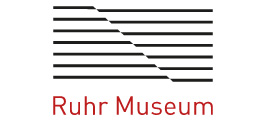
TETRAHEDRON | BOTTROP
On "Monte Schlacko", one of the larger slagheaps in the Ruhr region, stands a landmark that cannot be overlooked - designed and maintained by the Ruhr Regional Association (RVR). The mighty, almost 60-metre-high tetrahedron rests on four pillars above the ground, so that it seems to float when viewed from a distance. A free-floating staircase leads to the first platform at a height of 18 metres. Even from here the view is fantastic. Continue up a steep ladder to a height of 38 metres. From there, a spiral staircase leads to the top platform, which hangs slightly tilted on steel cables. How far you want to go should only be decided on the spot, because it requires a bit of courage.
FOLKWANG MUSEUM
The Museum Folkwang is one of the most important art museums in Germany. The Museum Folkwang gained special nationwide attention at the end of June 2015 when it became the first major German museum to offer free admission to its permanent exhibition. The Museum Folkwang's collection of paintings comprises around 600 works of 19th century, modern and contemporary art. It also regularly hosts highly acclaimed national and international special exhibitions.
ZOLLVEREIN COLLIERY
The Zollverein Coal Mine and Coking Plant was inscribed on the UNESCO World Heritage List on 14 December 2001 as the "Zollverein Coal Mine Industrial Complex". Since then, the former industrial complex has officially been one of the most important cultural assets in the world. "The Zollverein Coal Mine Industrial Complex in Essen is a remarkable industrial monument because its buildings are outstanding examples of the application of the design concepts of [...] Bauhaus architecture. The technical and other structures at Zollverein document a crucial phase of Europe's traditional heavy industry, in which architectural concepts of exceptional quality were sensitively and confidently applied." (UNESCO justification)

HALDE HANIEL
The view to the north is breathtaking. It makes you think you're in Scandinavia. The tailings of Prosper-Haniel Colliery tower 185 metres above sea level. Reason enough for a summit cross that is more than just a landmark. It is part of the Way of the Cross, inaugurated in 1995, which the nun Tisa von Schulenburg created together with the Oberhausen artist Adolf Radecki and trainees from the mine. By no means the only surprise the slag heap has in store for visitors - besides a fantastic view.


